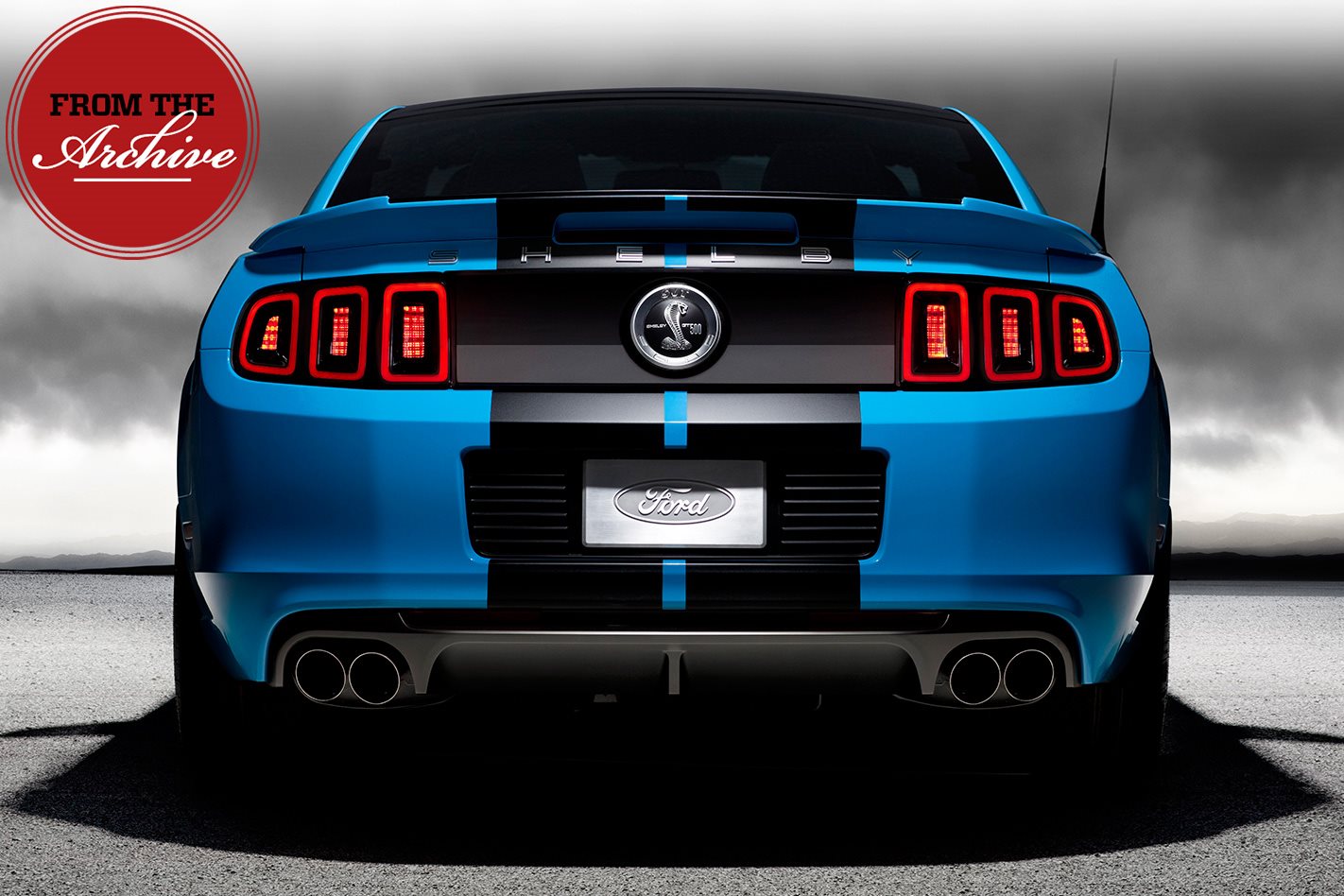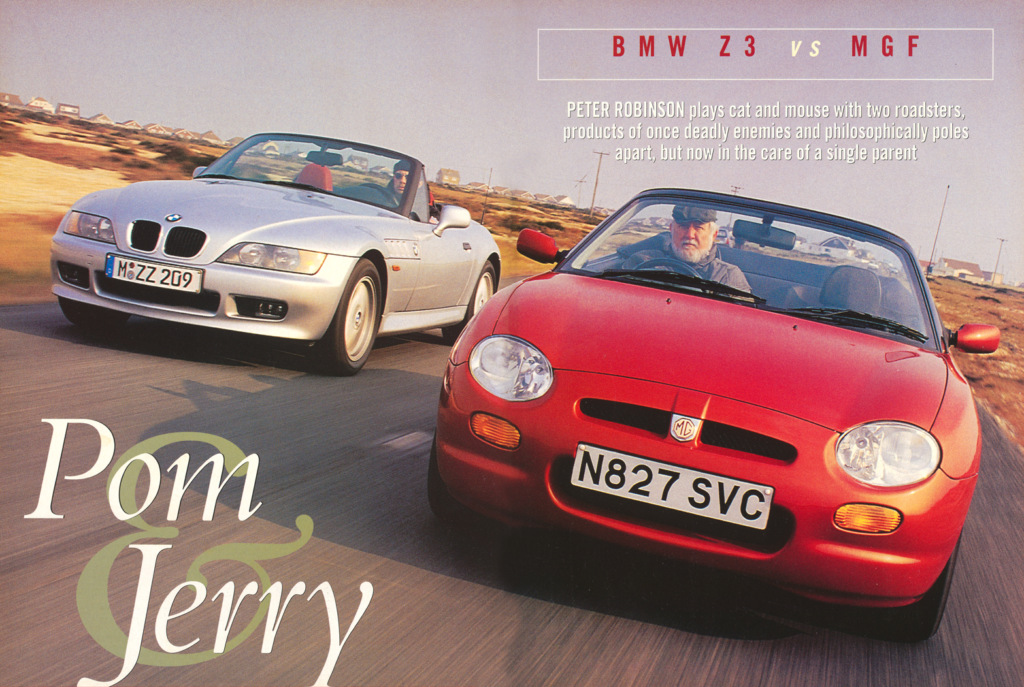Brains may be invaluable for all that cerebral stuff, but for a purely visceral hit, brawn rules, so take your pick from 25 of the best heavy-metal heroes of the last 50 years.
First published in the April 2012 issue of Wheels magazine, Australia’s most experienced and most trusted car magazine since 1953.
25. Ford Tickford AUIII TE50 5.6
Back in 2001 few Aussie muscle cars better cleared slow drivers from the fast lane than a ‘T3 stroker’. The hard-edged V8 howl and jutting Coulthard-esque jaw had dithering Camry and Corolla drivers driving for the scenery.
The T3 was the culmination of the short-lived Ford Tickford Experience (FTE) that had launched in 1999. The brand was supplanted by FPV three years later after a series of disappointing models, and the T3.

The heavy-duty five-speed manual was stirred slowly via an oversized and roughly-stitched gearknob. Executing a fast two-three shift was like throwing a punch… and one of the reasons the TE50 never recorded acceleration times to match the sound and fury of the engine. Wheels’ best was 0-100km/h in 6.0sec and 0-400m in 14sec flat, while sister mag Motor got 5.9 and 13.9 out of its long-termer after 15,000km.
24. Mercedes-Benz 300 SEL 6.3
The Pontic GTO started the muscle-car era, and the Ford Falcon XR GT gave Aussies their first taste of it. But the muscular 1968 300 SEL was essentially the first AMG product, and it ignited a German power war that today has culminated in the 412kW BMW M5, 410kW Porsche Panamera Turbo S and 410kW Mercedes-Benz E63 AMG.
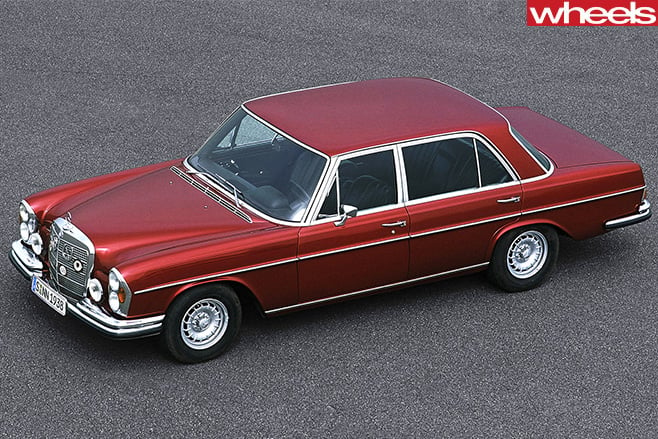
AMG built several 300 SEL-based race cars, most fitted with the 6.8-litre V8 that would power the 1975 450 SEL. The first such racer was the ‘Red Sow’ that bellowed and grunted its way to second outright at the 1970 Spa 24 hours.
23. HSV VTII GTS 300
Having first appeared on the 1968 HK Monaro, the GTS badge certainly wasn’t new to Holden fans when HSV first slapped it on a VP 20 years ago (itself a mild reworking of the VN SS Group A – see p 92). HSV then built a GTS in every series of Commodore from VP onwards, including 5.7-litre stroker in VR, VS and VT Series I.
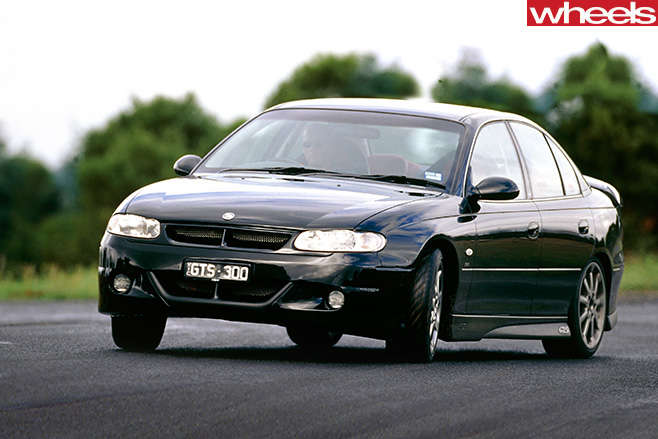
Like all GEN III V8s, the Callaway C4B isn’t one of the all-time great engines, but it set HSV on a path that would culminate in the 7.0-litre W427 (p101). And it gave Holden fans a decade of power bragging rights.
22. Ford Falcon XR GT
Launched first as an option pack in 1964, then as its own model in 1966, the Pontiac GTO (p100) is considered by most people the father of the muscle car. Though half a world away, it didn’t take us Aussies long to catch on to the trend. The 1967 XR GT is our godfather of grunt and its emphatic 1-2 victory at that year’s Gallaher 500 at Mount Panorama set the ‘Win-on-Sunday, sell-on-Monday’ mantra that was used by Ford and Holden (and briefly Chrysler Australia) through Improved Production, Group C and Group A touring car racing.
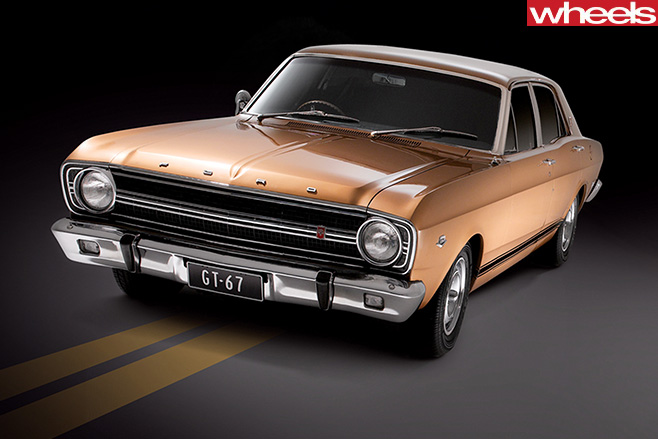
All XR GTs were painted GT Gold, though the car’s Bathurst win prompted a silver-and-red special edition of the succeeding XT GT, to match Gallaher cigarette packs.
21. Ford Falcon XA GT RPO83
When the 1972 ‘Supercar scare’ killed off the Phase IV Falcon (four of which were built) Ford was left holding a bunch of go-fast parts with no home. Enter the non-publicised XA GT with Regular Production Option (RPO) 83. While the RPO was the hottest thing in the Ford catalogue, it’s not strictly a Phase IV by another name.
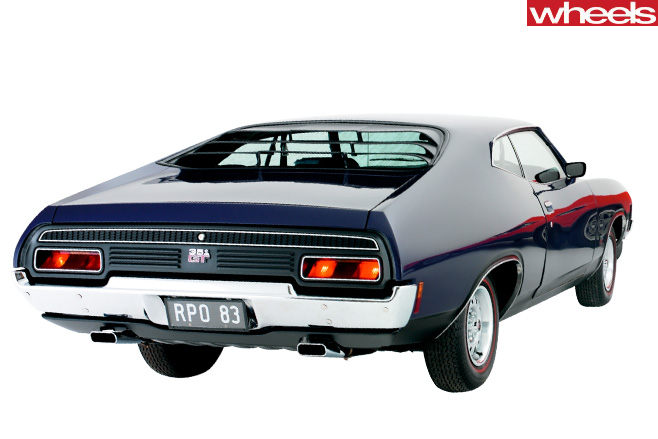
Phase IV or not, the XA GT won Bathurst in 1973, giving Allan Moffat his third victory there. Forty three Yellow Glow RPOs were built, split across both body variants, making it the most common colour of a car rarer than the Phase III (only 300 of which were built). Only one example each (whether Hardtop or sedan) was Ansett Blue, Brambles Red, Corporate Blue, Repco Green, and Sogo Port Wine.

